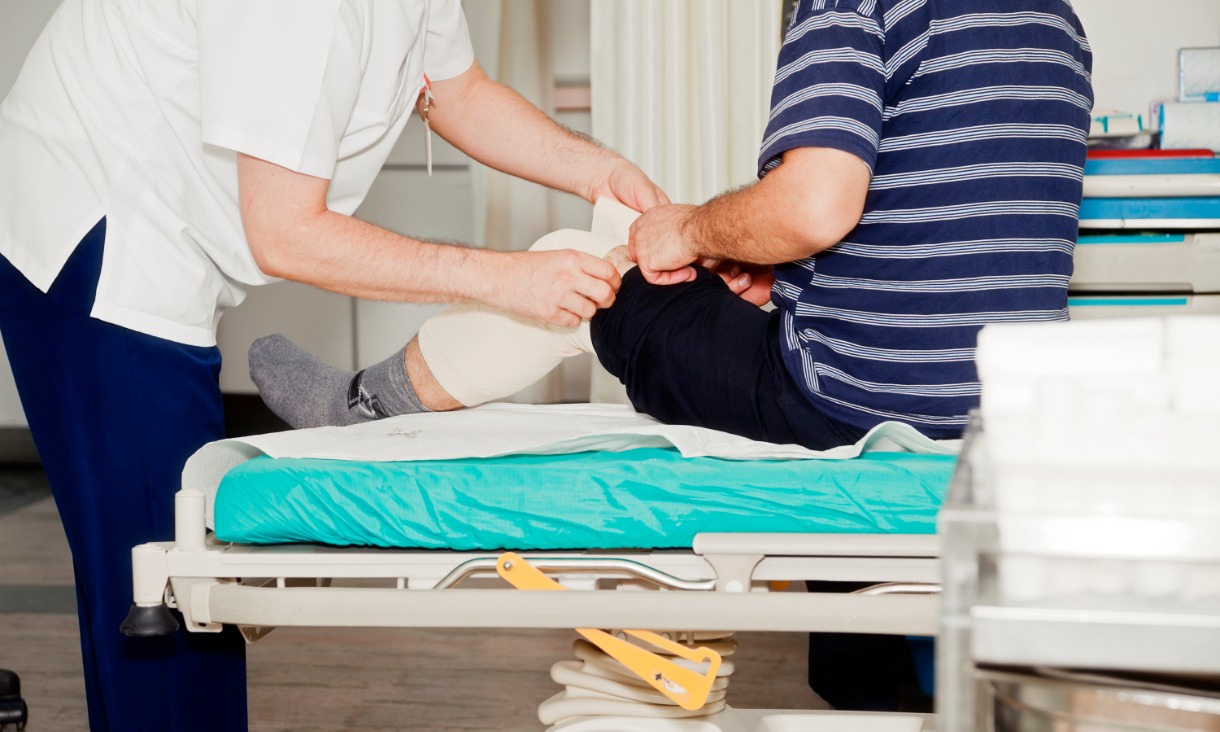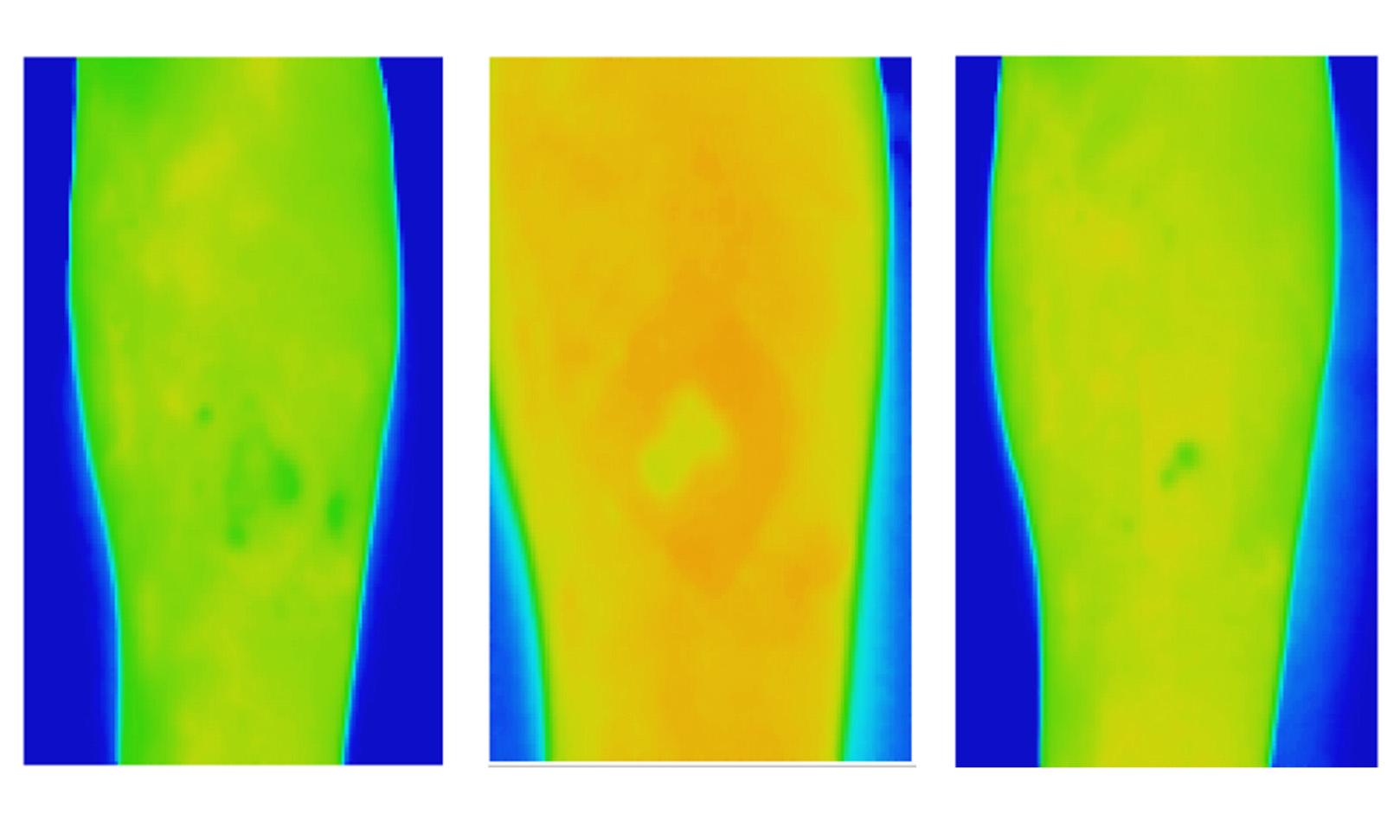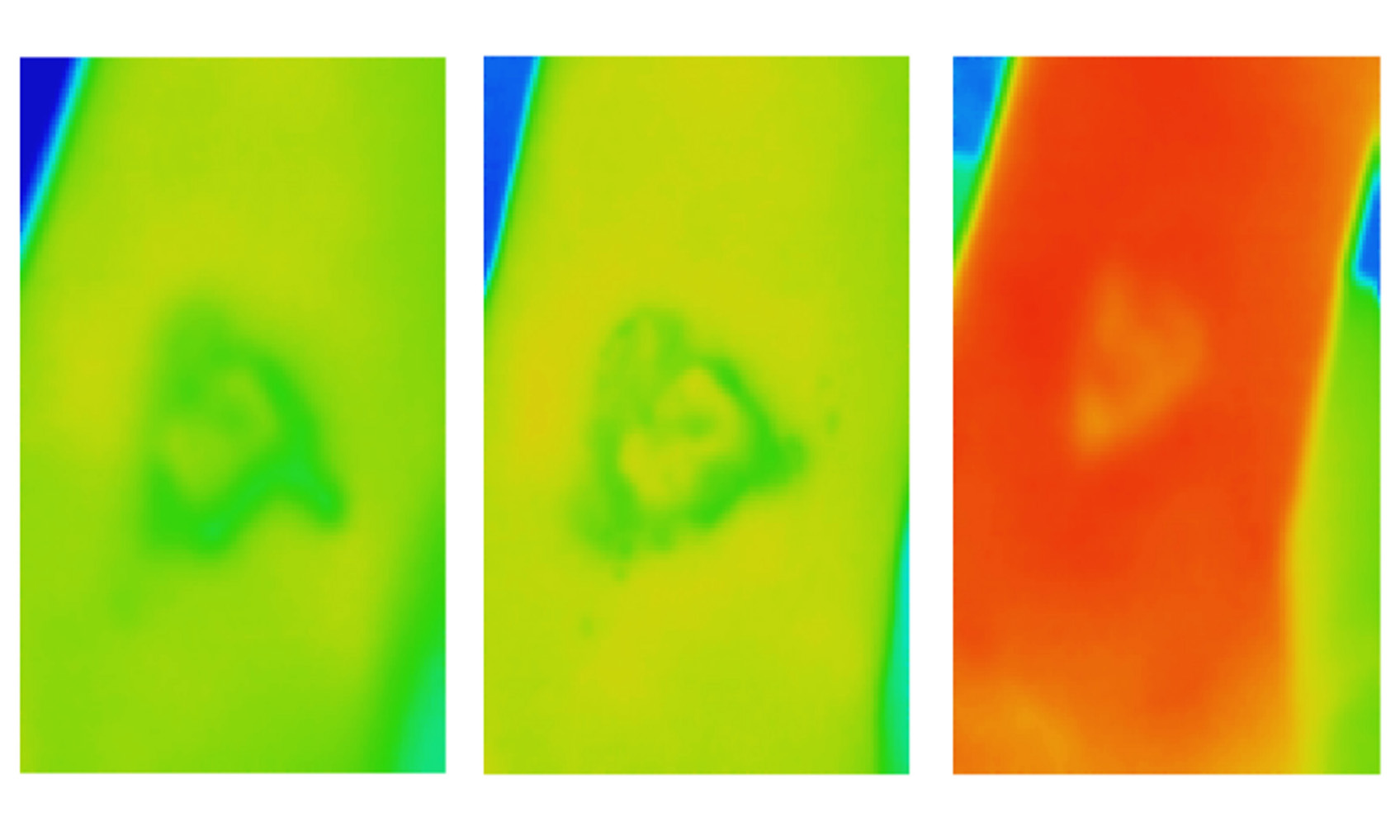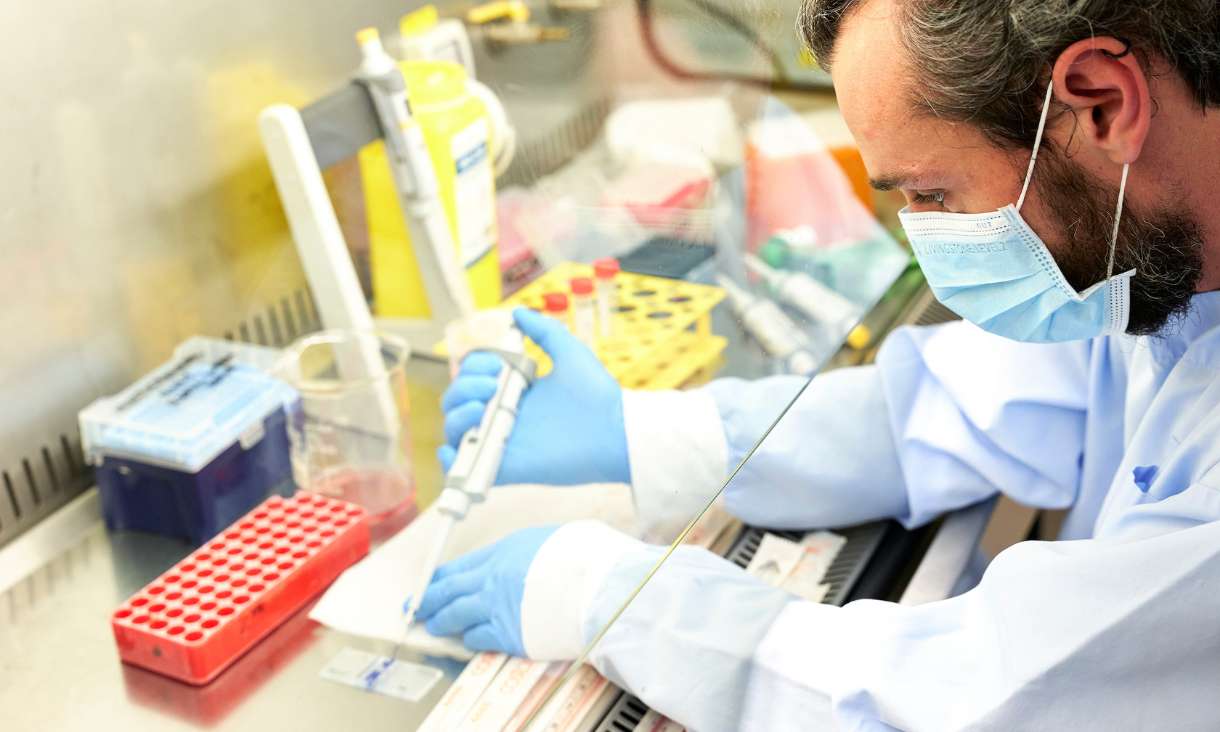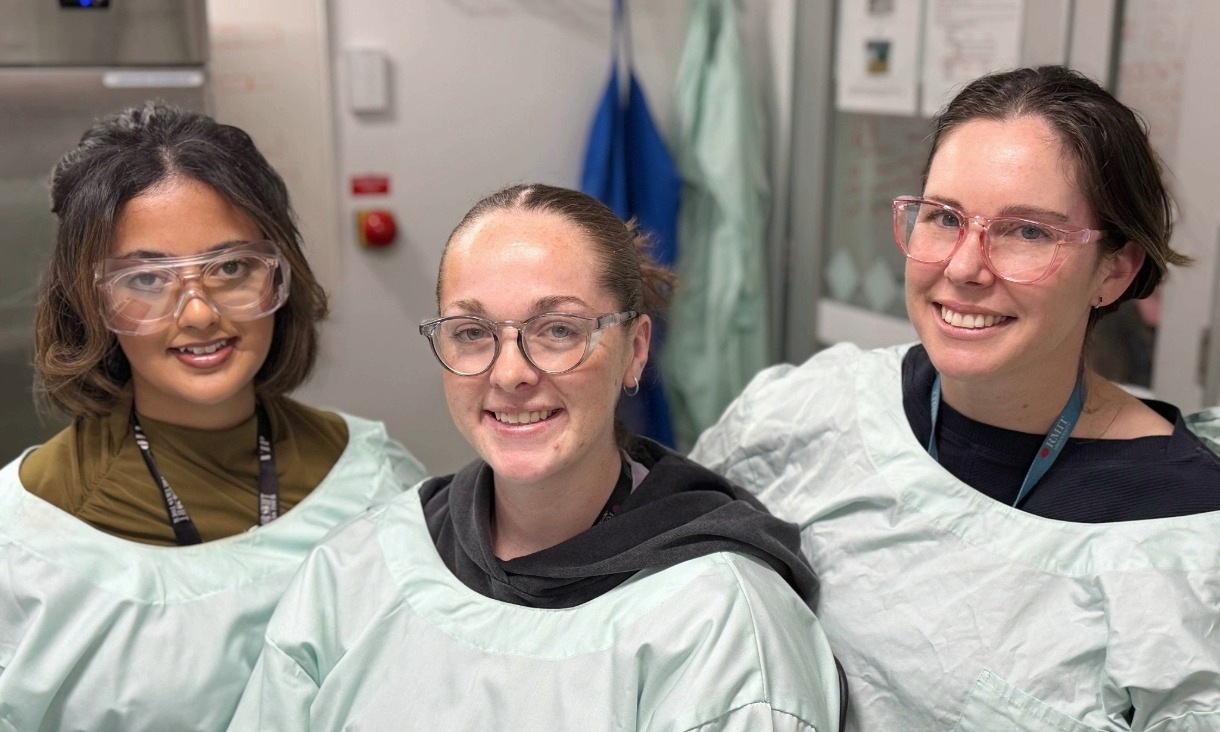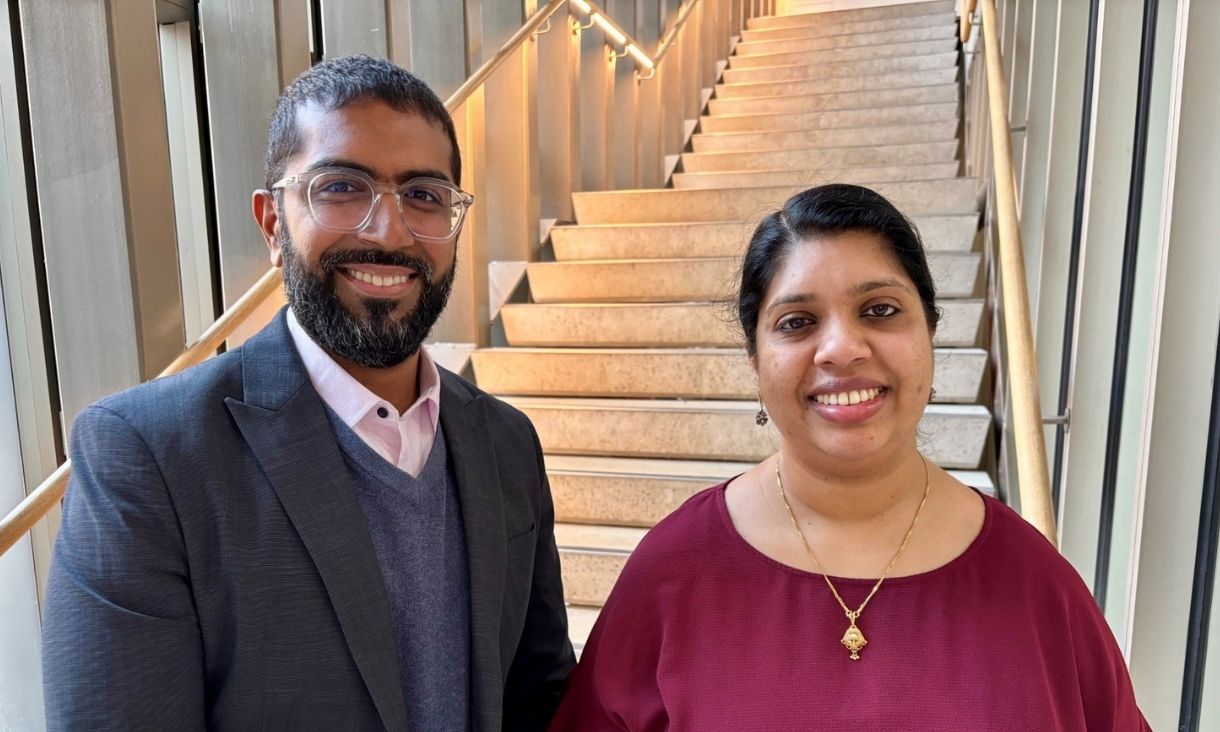5G home internet challenges NBN, but mass shift still a way off: study
Most Australians who have 5G are content with it, yet few actively seek it out or plan to switch in the short term, a study from RMIT University has found.
RMIT launches Accelerator for Translational Research and Clinical Trials
Last month, the University launched the Accelerator for Translational Research and Clinical Trials (ATRACT), a research centre that empowers STEM researchers to translate excellence in fundamental research in cancer, immunology and infectious diseases into global impact.
Zapping stem cells could boost growth of new tissues and organs
Scientists in Melbourne have discovered how tiny electrical pulses can steer stem cells as they grow, opening the door to new improved ways of creating new tissues, organs, nerves and bones.
Building a digitally skilled health workforce for improved patient outcomes
Senior social worker Mohammed Salman and theatre nurse Aleena Varughese are among 365 Grampians Health staff who have recently built up their digital skills in health.
